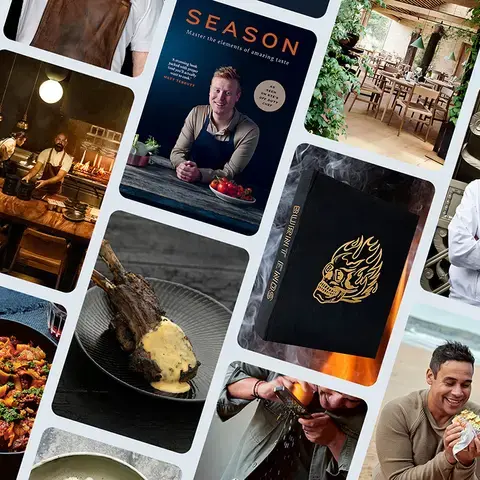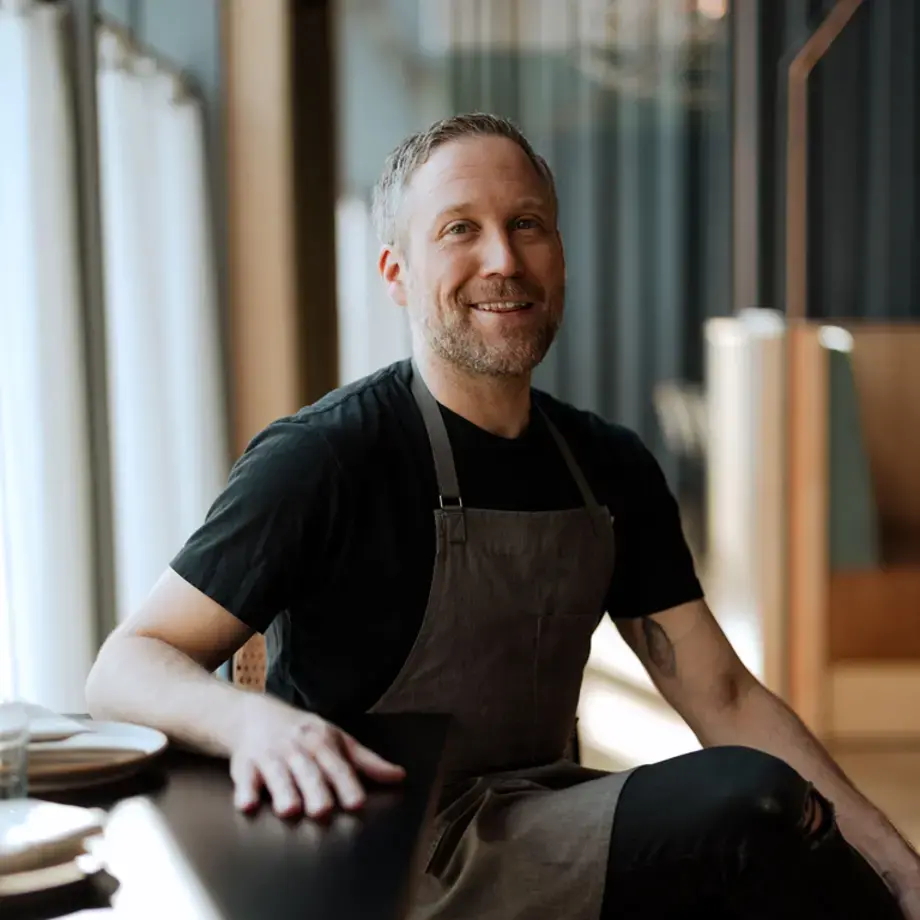The lauded chef of The Inn at Little Washington shares his love of morel mushrooms.
Located in the town of Washington, Virginia, in the eastern foothills of the Blue Ridge Mountains and surrounded by the lush, verdant Shenandoah National Park forest, chef Patrick O’Connell has for over 46 years run one of America’s greatest restaurants, The Inn at Little Washington.
With three Michelin stars and a clientele that come from all over the world, O’Connell’s culinary achievements sit at the very pinnacle of American fine dining, but perhaps, even more impressive, is that O’Connell has found a place where he belongs, a landscape that speaks to him and a forest that he can call home.
Here, in this spectacularly green and pleasant corner of the US, among the almost virginal deciduous forest, O’Connell waits patiently for spring. It is when the meadows burst into life, with a thick blanket of wildflowers and the forest bears the gift the locals have been waiting for, the morel mushroom.



















